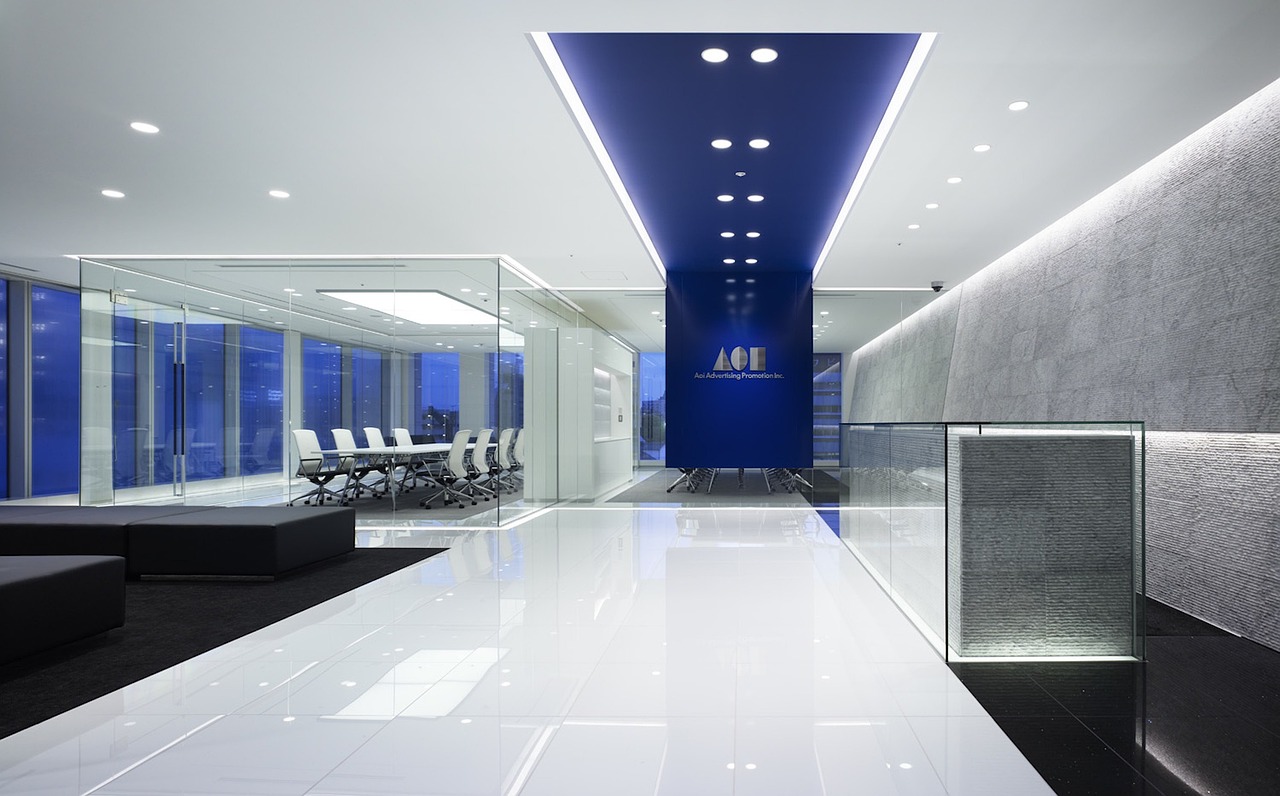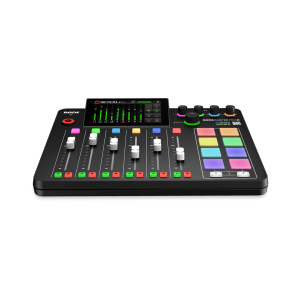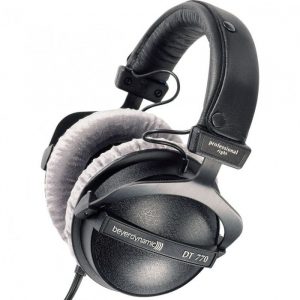How to Improve Your Podcast’s Audio Quality: 6 Tips and Tricks.
Often, podcasters underestimate the importance of sound quality. Regardless of how engaging your podcast content may be, some of your hard-earned listeners will switch off if confronted with subpar audio. On top of that, studies show that high quality audio makes you sound smarter. Listen to any of the top-ranked podcasts on the charts right now, and they all have the same thing in common – pristine sound. Now, search for some random podcast on something like basket weaving (hi, basket weavers, no hard feelings), and you’ll likely be presented with something that sounds distractingly bad.
Here’s the big secret: Good sound comes very cheap. “Big Audio” wants you to think that you need to spend thousands on it; you don’t; you can sound excellent for a few hundred bucks.
Here are some tips to get you started:
1. Your Room is More Important Than you Think:
A misconception I always see is people buy fancy condenser mics, such as Yetis, thinking they will improve their sound, and then record in hard-walled offices or apartments. An expensive mic in the wrong room will not improve your podcast’s sound quality; it will simply capture your room’s lousy sound.
Before you splurge on an expensive replacement mic, consider the place where you’ll be recording. Surround yourself with soft, dense materials that can absorb sound. There’s a reason why so many podcasters get their start huddled in walk-in wardrobes. Your enemy is sound bouncing around, which is exactly what happens with hard flat surfaces. Think: a bathroom.
I’ve made this the first point for a reason. It’s incredible how many people are prepared to go out and spend good money on a fancy mic but fall short when it comes to putting in effort in avoiding sound bounce. Don’t sleep on this one; it’s way less sexy than gear but often more important.

2. Invest in the Right Equipment:
Now, with that out of the way, let’s get on to equipment. While there may soon be a time when you can record a high-quality podcast on your phone, that time is not yet here. You will need a mic if you are hoping to sound good. I have written a Buyer’s Guide to get you started.
If there’s one main bit of advice I can offer you here, it’s this, I recommend choosing a ‘dynamic’ microphone for podcasting vs a ‘condenser’. Unless you are in a treated recording studio, your room isn’t going to sound ideal, and that’s just life. As a rule, condenser mics are much more effective at picking up background noise, and dynamic mics are much more forgiving of ordinary environments. This is why so many of your favourite podcasters have those big mics close to their mouths; these are almost always dynamic. These do not need to be expensive. I have offered some suggestions and more detail in the Buyer’s Guide.
There is nothing wrong with condenser microphones, they are just much more sensitive and much less forgiving. If you have one, and have a really quiet, dead space, more power to you.
3. Proper Microphone Technique:
How you use your microphone greatly affects your audio quality. For example, talking across the mic’s diaphragm rather than directly into it is generally good practice. This is especially relevant if your mic doesn’t have a pop filter or has a built-in one. You want your voice level into the mic to be consistent, and speaking directly into it makes it much easier to blow out the sound with something like a big laugh.
Mic technique is something that people actually get very good at. As every mic is different, professional voice-over artists often have a mic they prefer and become experts in working with it. You don’t need to go that far, but learning good mic technique is something to be embraced. Your mouth’s relationship to the mic is a big deal. Try it out. Throw some decent headphones on and have a play and a listen.
4. Record Each Voice on a Seperate Channel.
This one may seem obvious to some of you or unnecessary to others. It’s fairly simple, you get much more freedom in the edit if everything is recorded on seperate channels. If people are talking over each other, you can seperate them, if one speaker has a sound issue, you can treat that without affecting the others.
There are many ways of achieving this, but it should be basic functionality for most recording options.

5. Get Some Decent Headphones:
You don’t need to spend a fortune here, but you need a good set of closed-back headphones to hear what’s happening. [‘Closed back’ means that what’s playing in them can’t be heard by people (or microphones) nearby.]
While not the cheapest option, I’ve used a pair of Beyer Dynamic DT-770s for many years now, they are rightly famous in the audio industry, and I highly recommend them. They are, without a doubt, some of the best closed-back headphones you can get for podcasting. However, if you want to get up and running a little more cheaply, something like AKG K52s will do the job nicely. There are loads of options but you need something.

6. Learn Basic Audio Editing Skills:
This will probably be the most daunting part of the whole process for many people, and I get it. A lot of audio editing programs are actually capable of performing very complicated tasks far beyond the scope of putting together a humble podcast. Because of this, they can be very daunting at the start. Rest easy, there’s a whole lot of stuff that you can simply ignore.
I recommend Adobe Audition as a very easy-to-use option; I use Logic and love it, but it’s absolutely overkill; another favourite is Audacity, which is entirely free. Honestly, I find Audacity kind of hard to use, and I’m no stranger to this stuff, but its free price tag is a powerful motivator to learn. Lots of people I know use it and love it; it could just be that I’m spoiled! A final suggestion for those on Apple is Garage Band, basically a stripped-down version of Logic that’s much easier to use. It’s also free, if you count buying a Mac as free.
The truth is, audio editing for podcasting is not hugely difficult whatever software you use, it is, however, much more time consuming than many people realise, but that’s a whole different topic. There are endless YouTube tutorials that will help you get started on the software you choose to go with. Dive in. It’s worth it.
____
Remember, a high-quality podcast isn’t just about the content but also about the listening experience. By implementing these audio quality tips and tricks, you can keep your listeners engaged, improve your podcast’s professionalism, and grow your audience. Mostly, you won’t have to worry about people turning you off because you sound bad! Doesn’t that sound good?
Disclaimer: Despite there being links in here, I have no commercial interests to declare. Anything I recommend here I do so out of my honest opinion.
Side note: How do I get commercial interests to declare?
